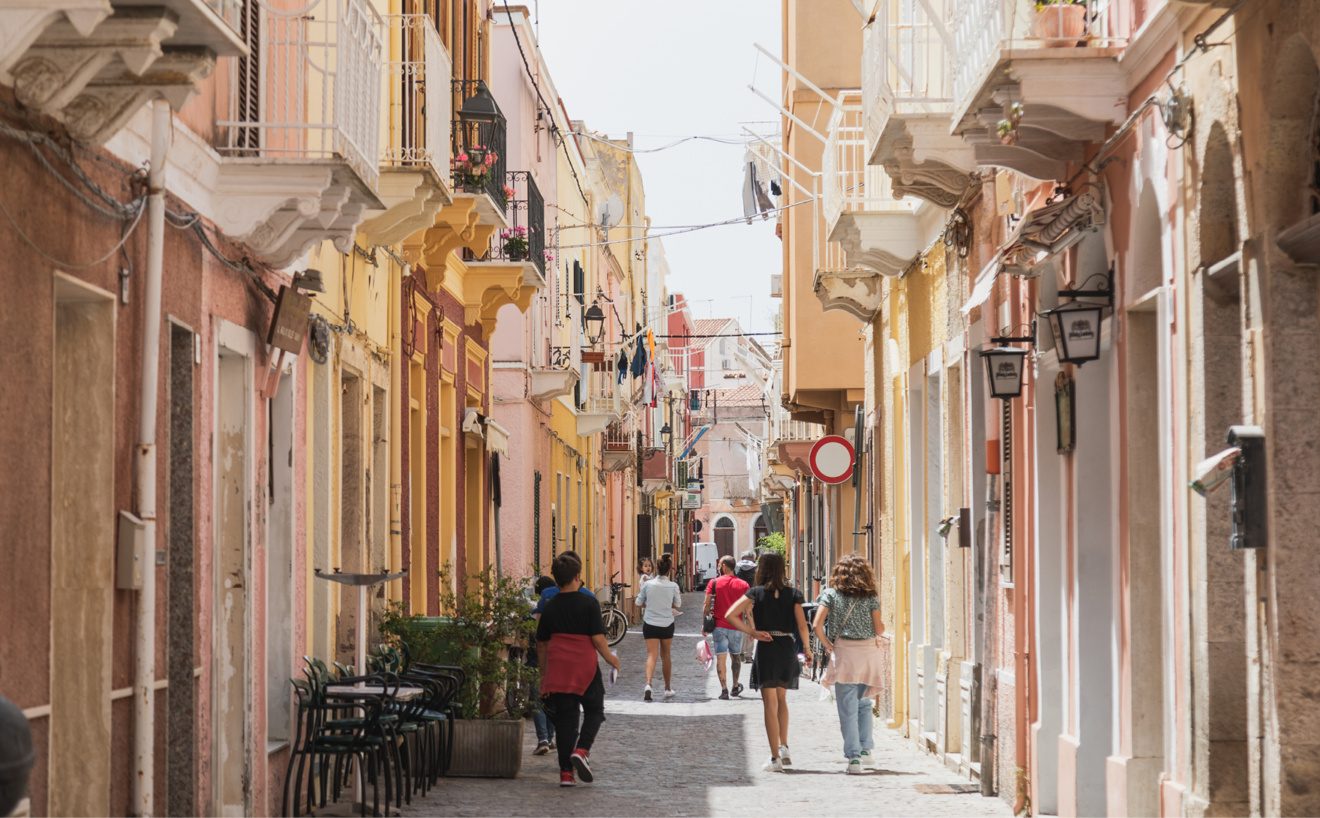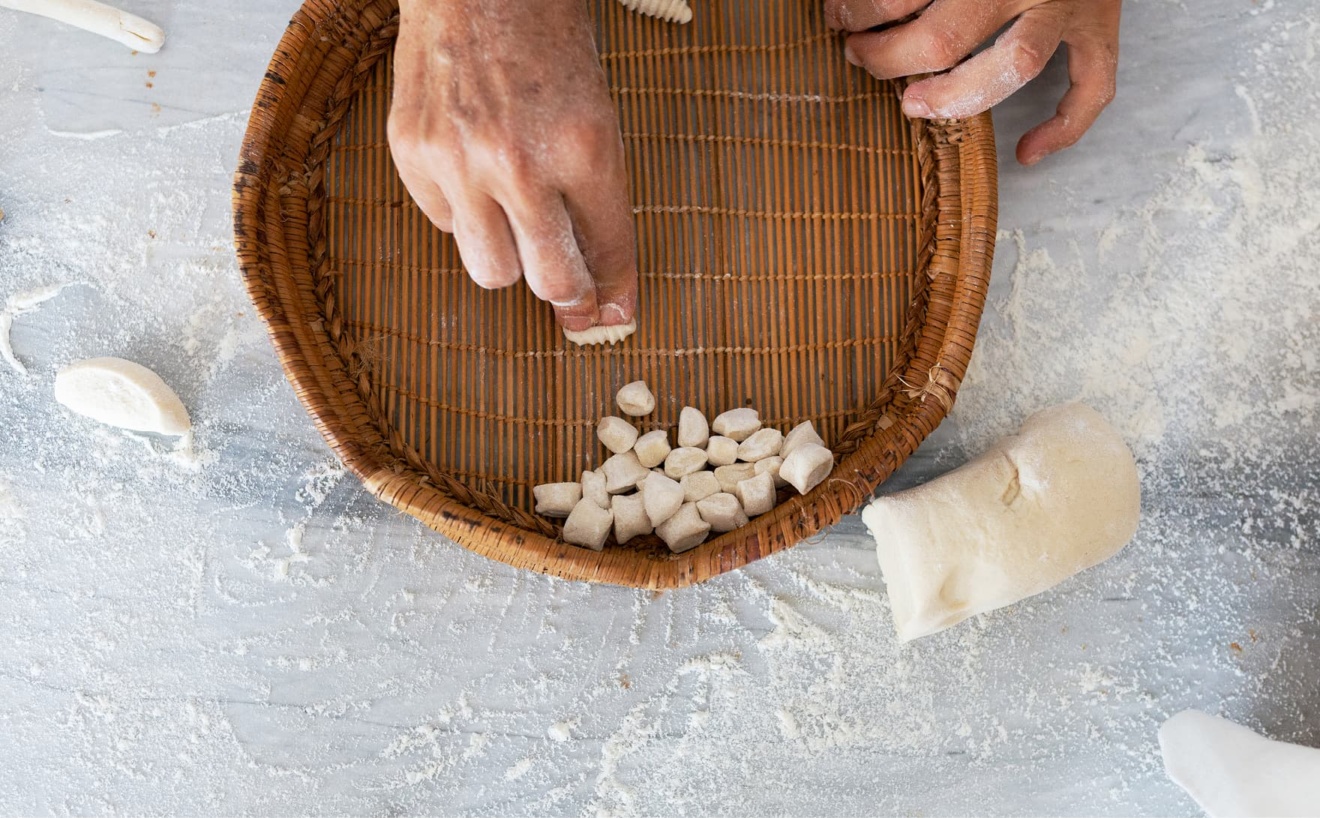by Andrea Luxoro
“… And the little houses, scattered over all the slopes of the island, seem, from a distance, not to have been built there, but to have been placed there by an imaginative “presepita” in search of a picturesque effect…”.
This is how the Genoese journalist Giovanni Ansaldo described the charm created by the innumerable country houses scattered along the island’s coastline during a crossing between Sardinia and San Pietro Island in 1955. The tabarchino hut (baracca) is the dominant anthropic element in much of the island’s territory, together with the countless kilometres of dry stone walls, intimately linked to the exploitation of the island’s fertile volcanic land. Their spread is the result of the island’s wine-growing experience, one of the most prosperous activities in the 19th century. Over the course of a century, their use has changed significantly until today, they have become annual residences, peaceful dwellings immersed in the unspoilt nature of the island of San Pietro.
For a Tabarchino their country land (a vigna ), generally consisting of a more or less large rustic cottage and a variable amount of land used as a vineyard, orchard, vegetable garden or simply rich in Mediterranean scrub or a thick pine forest. The name betrays its primitive vocation: viticulture. Until the second half of the 20th century, the vineyard was a privileged place for the land-based activities of the people of Carloforte, often alternating with maritime work, and was only populated by the whole family in September: a real exodus that emptied the town centre of humanity for about a month, until the grape harvest (duménega da pignatta), the last Sunday of the month, which marked the counter-exodus towards the town. The fertile sandy soils, for years cultivated with vines using the alberello technique, often creeping in the areas most affected by the mistral winds, produced thousands of barrels of wine for decades, protected from phylloxera. Part of the production was marketed in France by the Carlofortini themselves, who, armed with a small fleet of small wooden boats, carried out the cyclical metamorphosis from men of the land to wolves of the sea.
In today’s collective imagination, however, the country cottage is a place for conviviality, for meeting people, for eating, which for the people of Carloforte is condensed into the name casciandra: food, friends, good wine and a few nostalgic songs, and the ritual is complete, until a new day of celebration brings the group back together … anémmu à fò a spàiza?
Andrea Luxoro was born in Carloforte, where he still lives and works. He studied in Cagliari and graduated in anthropology from the Faculty of Literature with a thesis on the “Workers of the sea of Carloforte”. Together with a group of local scholars, he founded the Saphyrina Cultural Association and the Asuciasiun cultürole tabarchiña, which enhance and promote the culture, history and language of the Tabarka communities in the Mediterranean. He curates the “Pocomabuono” literary review and founded the Carloforte Book Fair. He coordinates the Sportello Linguistico Tabarchino of Carloforte, is scientific advisor for the Polo della lingua tabarchina and promotes cultural initiatives on many fronts. You can always find him prepared and available at the newsstand “Dai giurnoli in sciâ ciassa” (Piazza Repubblica).





